Studio Visit: Sidai Designs, Tanzania
Handmade jewelry that creates opportunities for Maasai women

Just north of Arusha, Tanzania‘s historic Clock Tower, the jewelry workshop of Sidai Designs is tucked behind gates of their headquarters. In the garden, Maasai women sit under the trees hand-pulling pieces of recycled grain sack to twist into thread. They meticulously stitch glass beads one by one onto soft leather bracelets and necklaces. Dressed in colorful traditional clothes, the women hum as they work, often taking moments to stretch, sing and jump together in a Maasai dance.
The mood is undeniably creative and positive at Sidai, where these women have the opportunity to work for fair wages. The freelance employees can also take projects back to their tribes, enabling them to share their work with their friends and families. They make periodic trips back to the Sidai workshop in Arusha to bring the pieces they have completed to be counted into the inventory.

Sidai—founded by Rebecca Olive Moore—is centered on traditional Maasai beading techniques with a modern sensibility that appeals to people worldwide. Their jewelry and wall-hangings are made from glass beads, 24k gold-plated beads, shells, suede and cotton tassels, all woven together with wire and thread that’s hand-turned from recycled grain sacks.

Dotted patterns in black and white evoke the journey from boyhood to warrior of a Maasai man in triangle, chevron and stripe patterns. “During this time he wears white face paint and black cloth for two months, symbolizing his journey,” Moore explains. A series of earrings are inspired by porcupine quills from the spiky rodents that have been found on Mount Kilimanjaro, as high up as 11,480 feet. Their Kisongo pieces evoke the dusty pink soil and warm golden sunsets in Tanzania.
To make all of the intricate items, eight full-time workers are the linchpins of the Sidai—a few of whom have been with the business since the beginning. They are deeply appreciated for their abilities to turn designs and drawings—which they create in collaboration with Moore—into beautiful prototypes and then put into production.
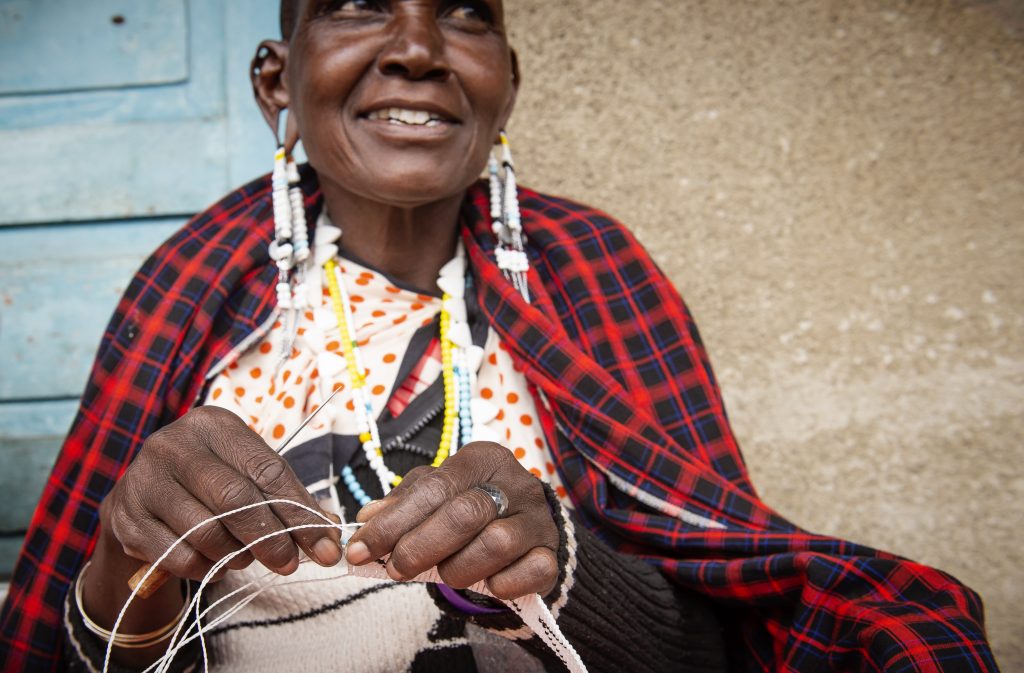
Beyond making beautiful jewelry, Sidai’s main goal is creating jobs that offer economic opportunities for women. After Moore graduated from Chelsea College of Art, she moved to Swaziland, and the company was born. “It was the beginning of a love affair with the artisan world and a fight to keep dying traditional crafts alive,” says Moore.
Moore spent several years working for ethical craft businesses in Africa. She worked with designers and craftspeople, learning traditional techniques and developing innovative ones. Once she felt ready to start her own project, she and business partner Eszter Rabin joined forces to build a brand inspired and created by the Maasai tribe of Northern Tanzania.
“At Sidai Designs, we pay homage to the exquisite craftsmanship of the Maasai tribe taking inspiration from ceremonial antique pieces combined with modern aesthetics,” says Moore. “Since 2013, we have been working to building a sustainable business model, which uses design-led craft as a catalyst for positive change, economic independence, education and sustainable job creation for Maasai women.”
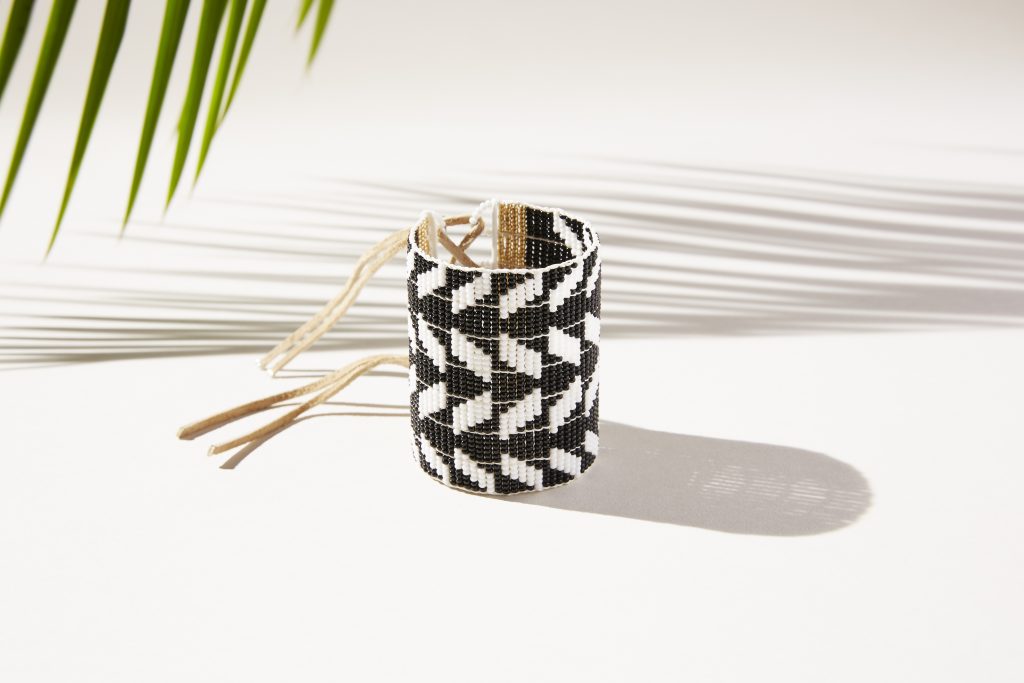
The center of their design approach is to focus on preserving Maasai culture and traditional beadwork. They aim to enhance the understanding of this tribe’s beautiful craftsmanship by sharing their work with the world. They work with patterns, shapes and colors that are directly connected to ceremonial Maasai jewelry. Their core designs often feature white beads—which are typical to the aesthetic of Tanzanian Maasai.
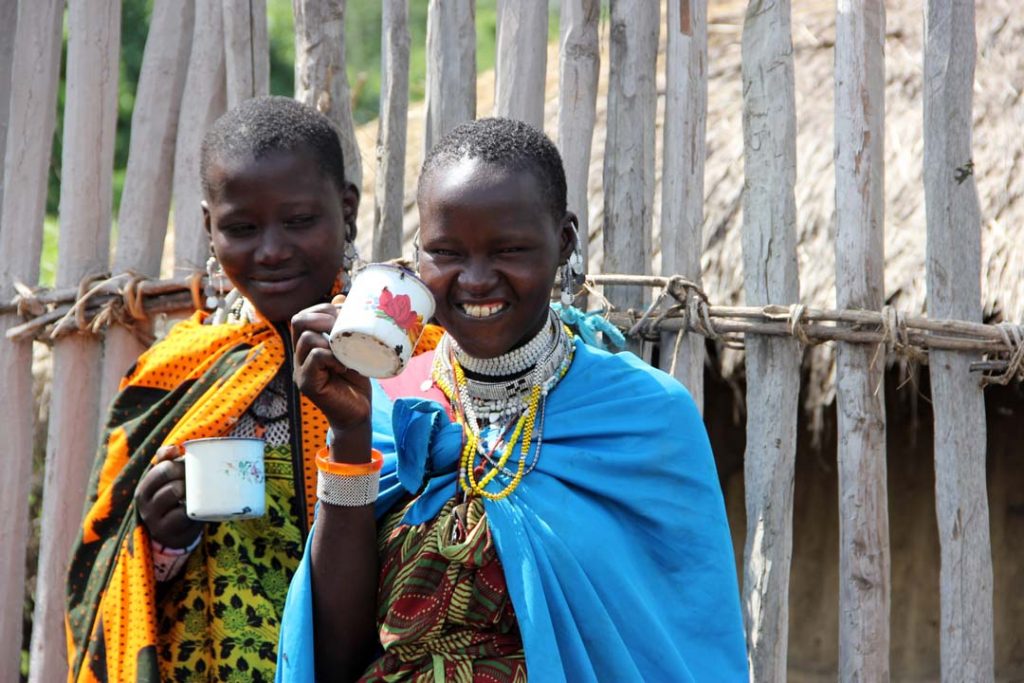
To break down the thought process behind the designs and process Moore studies the pieces the Maasai women wear. “It’s key when working with indigenous communities to have an understanding of their craft, the construction of the pieces, and the meanings behind the designs,” Moore explains. New designs are made in collaboration with the full-time beaders who work at Sidai. Moore presents drawings and asks for their ideas and recommendations. “Often I know what I want to achieve, but the team is most certainly the brains behind it. If the piece is possible to create, they make their first sample and we work from there to perfect the design.”

Two of the women who have been with Sidai the longest create the prototypes. Neema is one of their youngest while Esther is one of the elders of the team. They are invaluable master-beaders who work with impressive attention to detail. They collaborate to determine how they will transform the idea from a drawing into a prototype. Then they implement the plans of how to put each item into production. The full-time team work together daily on new designs and filling orders. The freelance “piece-rate” artisans travel to Sidai once a week from the peri-urban villages. The Sidai staff has trained 120 beaders and work with approximately 50 on a weekly basis.

To ensure that the women are being paid properly, the founders of Sidai Designs have collected as much information as they can about the costs of living in town and calculated a living wage. The data shows that they needed to earn at least twice the minimum wage to cover their expenses. “We recognize the challenges in calculating a living wage given the rapid inflation and variations in cost between communities,” says Moore. “We are continually working on gathering data on living costs between communities so we can continue understanding the needs of the women we work with.”
In addition to paying more than twice the minimum wage, additional benefits include paid vacation, medical insurance that covers up to eight dependents, maternity leave, transportation allowances, lunch, retirement contributions and access to loans. The staff works 35 hours per week (about 10 hours less than most businesses here in Tanzania) giving them time to be at home with family as much as possible.
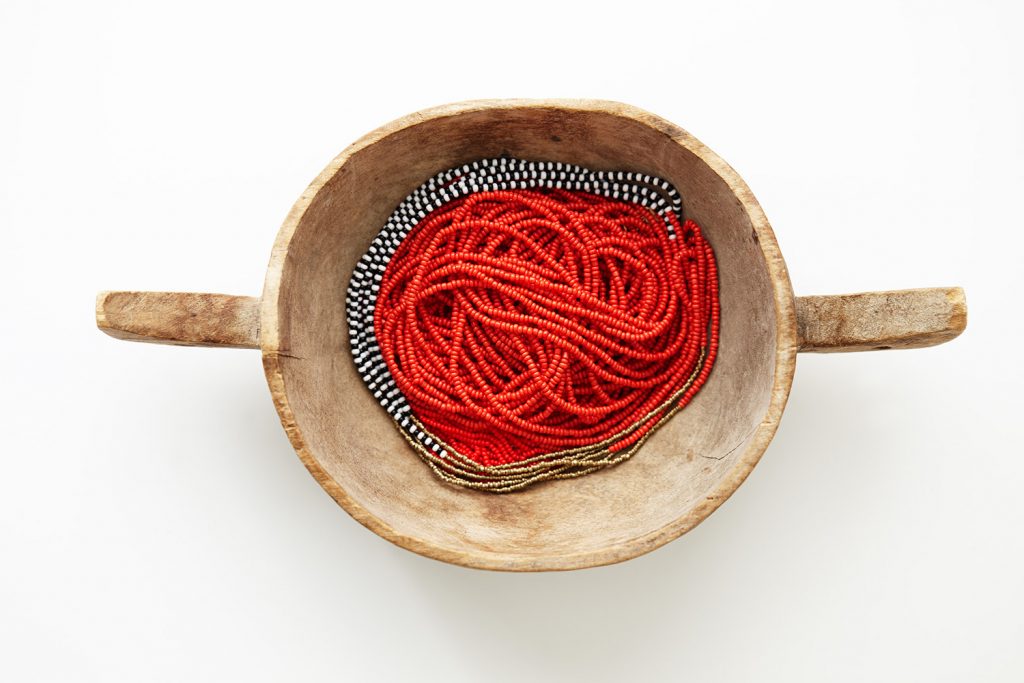
“It’s important to first understand the context in which Maasai women exist,” says Moore. “They are part of pastoral communities where livelihoods rely on cattle and land, which are subject to climate conditions and land degradation. Maasai women typically have little control over areas that affect them such as resources, their education, and livelihoods, due to an embedded patriarchal system that does not value them as able decision-makers.”
This means boys are educated before girls (if girls are send to school at all) and various other gender inequalities are faced. “We have identified that empowering Maasai women through providing sustainable employment leads to a sense of ownership over life decisions as a result of simply having access to their own money,” adds Moore.
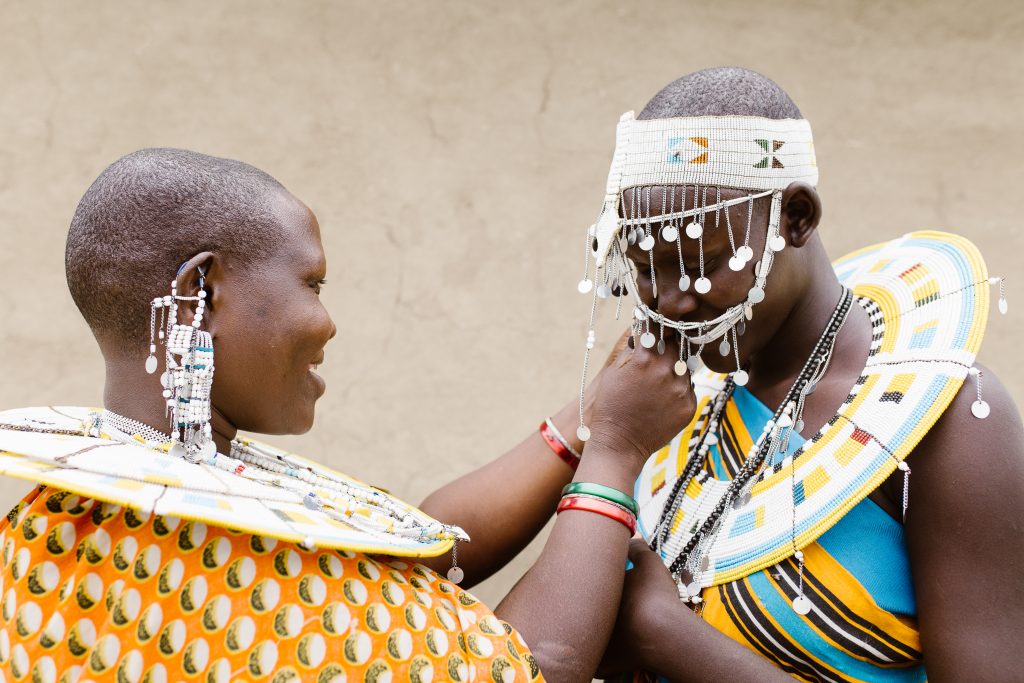
The intense focus required to make the jewelry is balanced by the camaraderie among the women. Esther is excited to share their research and experiments for learning how to silversmith and eventually make their own clasp and pieces. She tells us, “I make everything from necklaces, earrings to even leather. Working here helps me to allocate money to my other businesses,” says Esther. “I invest my salary, which allows me to make extra money through different avenues, such as farming. It all helps keeps my family going. My kids are in school. It helps buy food for my family too.” She has been able to plant five hectares on her farm, where she used be able to have only one.
Another full-time beader, Naramatishu, explains how she makes a significant household item. “I make all of the different styles of jewelry and also homewares, such as lampshade samples,” she says. “I’m the only one who can make lampshades in our full-time team.” Since she was young she remembers having really liked doing things with her hands like beading, and braiding hair. Her job at Sidai has helped her send her kids to school and buy books and uniforms. “It has widened my mind, meeting new people and making friends and knowing I can go to them for help,” she says. “I feel very good at work. Especially lately, as Sidai has helped me a lot during hard times in my personal life.”
“It’s something I like from my heart.”
Ngeeli creates the leather design prototypes, and tells us, “It’s something I like from my heart.” The income helps her run her home by providing more food for family meals and sending kids to school. “Sadly my son passed away and I support his wife and children also. I’m very happy working at Sidai. I feel really good as it helps me help my family.”
Sidai also partners with local NGOs to facilitate workshops on general health and wellness, child-rearing, cattle health, HIV and AIDS prevention and care, women’s health and legal issues around women’s rights. Preserving indigenous knowledge and customs continues to be an important goal. They are working toward spurring a revival of traditional Maasai beading techniques by stimulating demand for products. They hope to encourage younger generations to value and promote their heritage.

Sidai Designs jewelry can be found in shops around the world: the Green Room in Dar Es Salaam and the boutique at the Four Seasons Safari Lodge Serengeti stock their beautiful beadwork. Their designs are also sold at Tokyo’s Idee, Berlin’s Folkdays, Merci in Paris, and in their own webshop.












